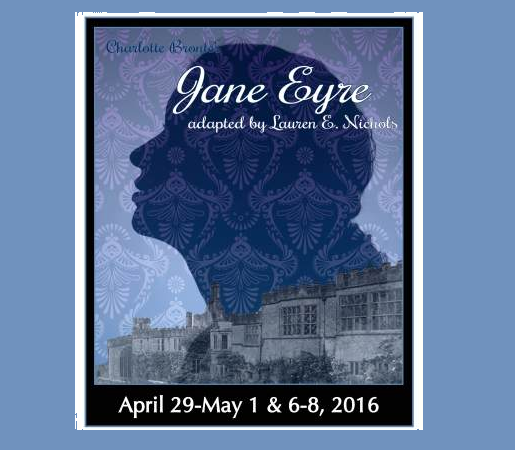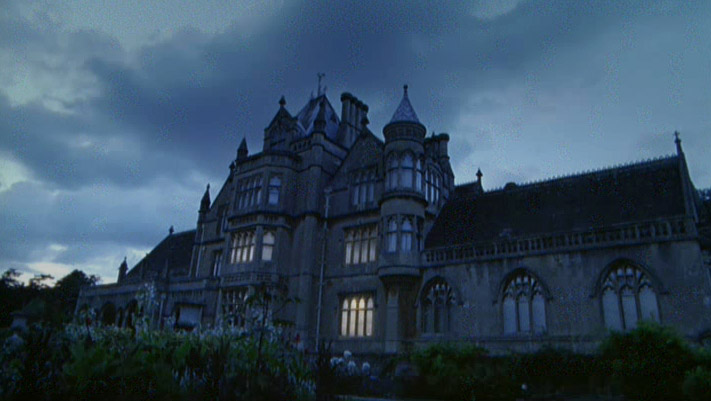JANE EYRE and Mental Illness

———————-
Mental Illness in Victorian England by Stacey Kuster

Before the mid-1800s it was the common belief that people with mental illnesses were tainted by the devil. Patients were treated poorly, most lived in unsanitary conditions–often caged—and received minimal food (which might be rancid). Mentally-ill patients were treated like animals by their caretakers and facilitators, many of whom believed that this was all they deserved. Women could find themselves labeled insane and locked up in madhouses for a range of conditions – from postnatal depression to alcoholism or senile dementia, and even for social transgressions such as infidelity (‘moral insanity’).
In the Victorian era, there was a shift in attitude towards mental illness. People in general began to realize the importance of paying attention to the conditions of mental institutions. Compared with the early asylums–rough, brutal places where the most disturbed patients were chained in windowless rooms with straw bedding–the mid-Victorian era was positively progressive. Theories that still hold today, such as the value of occupational therapy, were becoming fashionable. At this time, there was a shift away from the idea of control from without (via chains and shackles) and towards control from within, via treatment or cure.


